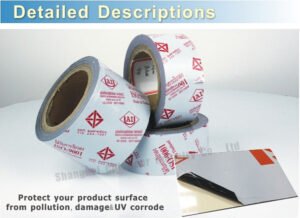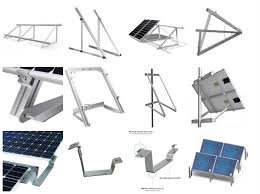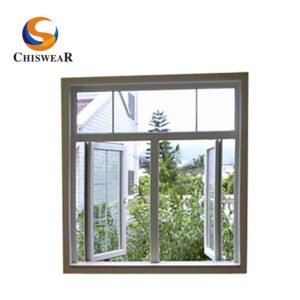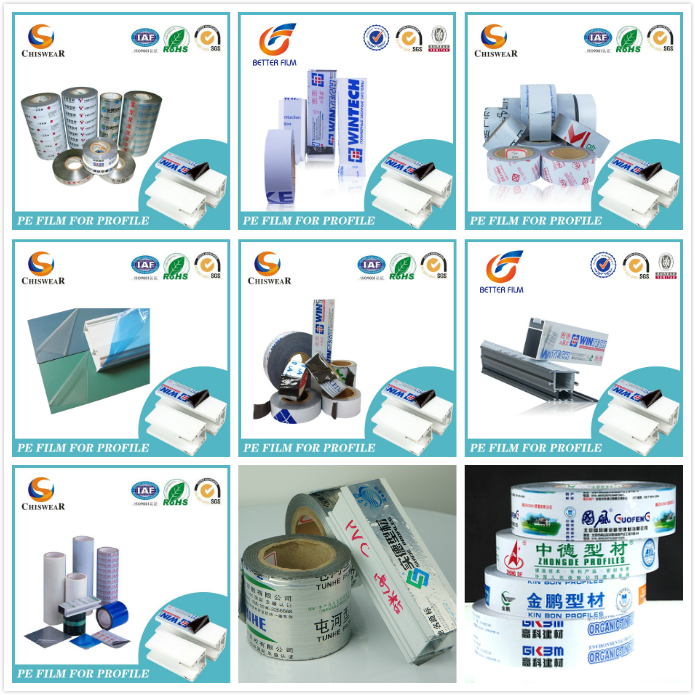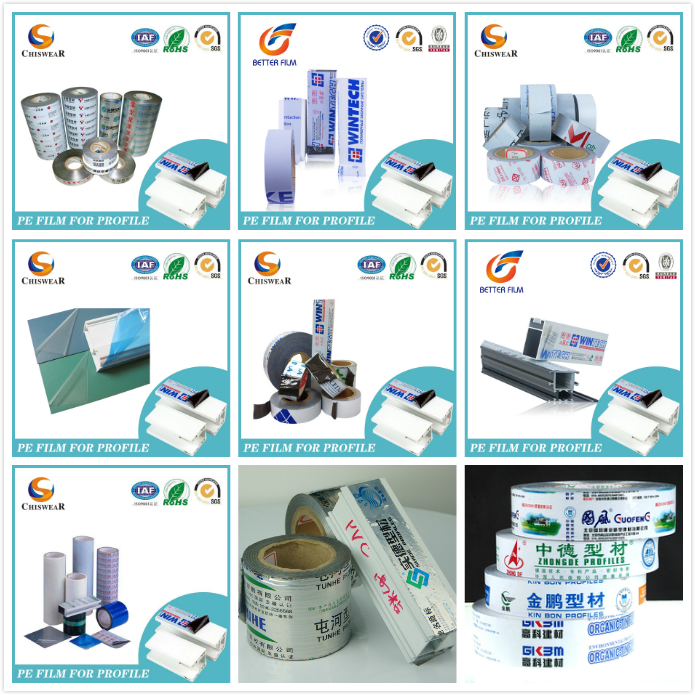- Introduction to Protective Films
- Commercial Uses
- Residential Applications
- Adapting to Various Floor Materials
- Product Showcase
- Benefits and Considerations
- Conclusion
Meta Description:
Explore the versatility of protection films for commercial and residential use with tailored solutions to enhance durability and aesthetics.
Introduction to Protective Films
Protective films offer tailored solutions for diverse applications, catering to a variety of industries making them a universal solution. They provide innovative solutions for maintaining the integrity of different surfaces. Protective films are available for literally every surface type to safeguard against scratches, dirt, spills, and wear. These are made from durable yet flexible materials such as PE and PP. Whether it be Aluminum Film for PVC profiles, carpet protective films, or window sill protective films, you can get a protective film for almost everything that you need to protect.
From preventing damage to carpets in high-traffic areas to enhancing the longevity of home interiors, windows, and floors protective films are indispensable. Protective films protect against dust, stains, and potential damage that are persistent problems in commercial or residential spaces. These films offer a comprehensive solution to all these problems, easy to apply or remove leaving no residue behind making them a temporary or permanent solution for commercial or residential surfaces right from manufacturing to storage, transport, deployment, and day-to-day use.
Commercial Uses
In busy workplaces where downtime caused by repairing or replacing carpets, renovation, furniture replacement, paint application, etc cannot be afforded, protective films provide a practical solution. For example,
- high-traffic areas are at risk of wear and tear, stains, and abrasion. Protective films provide a defensive barrier, ensuring despite heavy usage surfaces remain in pristine condition.
- Clear plastic protective films are exceptional for commercial areas providing transparent yet durable protection. These are often used for glass windows and countertops to prevent damage while keeping the original surface visible and hence maintaining aesthetics.
- In commercial areas, retail flooring is protected against scratches from foot traffic or shopping carts.
- For office furniture, clear protection films are used, maintaining the appearance of desks and table tops by preventing scratches and spills.
- Protection films for windows and glass panels enhance durability while reducing glare and potential damage. These films not only preserve spaces but also contribute to creating positive impressions in business settings, reducing maintenance costs.
- In Industrial environments, protective films ensure operational efficiency by shielding machinery from dust, debris, and chemical exposures.
- Decorative films are popular in both residential and commercial areas for combining style and protection. These films offer textures and patterns providing unique aesthetics while safeguarding surfaces.
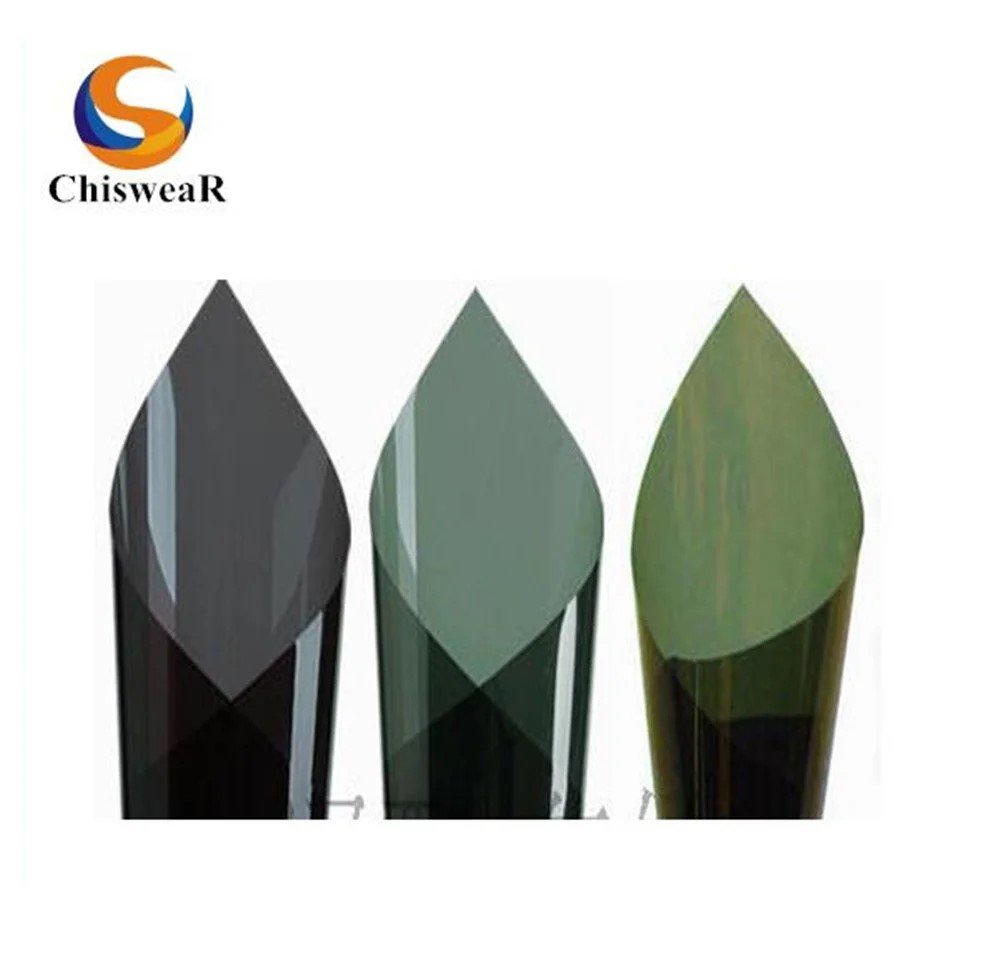
Residential Applications
Families with children and pets are more prone to spills, dust, and wear. In homes, protective films are of the utmost importance for safeguarding floors, furniture, and countertops from daily wear and tear. Popular residential protection film uses include
- kitchen countertops shielding against heat, stains, and knife marks.
- Safeguarding living room floors from scratches and abrasions.
- Bathroom surface protection to prevent water spots and mold growth on tiles or glasses.
- Self-healing films are ideal for countertops and furniture as they are prone to minor scratches. These films maintain a flawless appearance over time by repairing themselves.
Protection films offer peace of mind to homeowners by preserving the aesthetic appeal of residential areas. These are especially favorable for rental properties where maintaining surface quality is important for preserving property values. Protective films are a blessing for homeowners as they extend the life of expensive surfaces reducing the maintenance cost and the need for replacements.
Adapting to Various Floor Materials
Various floors ranging from hardwood to tiles and beyond present distinctive challenges, and protective films address each with tailored solutions. Protective films are engineered to cater to different floor types, ensuring effectiveness.
- For hardwood floors protection films with anti-scratch and anti-slip properties are used.
- Tile and stone floors use films with transparent and moisture-resistant properties to preserve natural finishes.
- UV-resistant films are used for vinyl to prevent discoloration of the floor over time.
- For staircases and wet areas, anti-slip films are perfect for enhancing safety, especially in homes with elderly and children, without altering the look.
- Tinted films for windows, reduce heat and glare while protecting glass surfaces ensuring durability under constant use.
Protective films seamlessly blend with surfaces, ensuring their functionality does not compromise the aesthetics of the surfaces. With advancements in technology, the customizable options of protective films allow precise application ensuring maximum coverage with minimal disruption to the original surface. Plastic protection films adapt seamlessly to these flooring types with smooth application and removal, leaving no residue behind even on carpeted surfaces. Providing temporary protection during heavy usage or renovation projects.
Product Showcase
Protective films are used in product showcases to protect the product while making it aesthetically appealing.
- Scratch-resistant films are used for glass displays, these films are almost invisible safeguarding glass products from fingerprints and scratches.
- Matte films are used on electronics or luxury goods giving the product a high-end look without obscuring details.
- For screens such as TVs, and laptops, anti-glare films are applied on product screens improving visibility while protecting the screen from scratches and smudges.
- Metal or wooden furniture on display are covered with high-glass films, enhancing the shine of the furniture while preserving the finish.
Protection films are designed for different surface types to meet the diverse needs of consumers. Manufacturers offer a range of protective films, each designed for specific applications. Plastic PE films are the most widely used in product showcases made from polyethylene resin, making them ideal for various surfaces protecting from scratches and abrasions without compromising visibility.
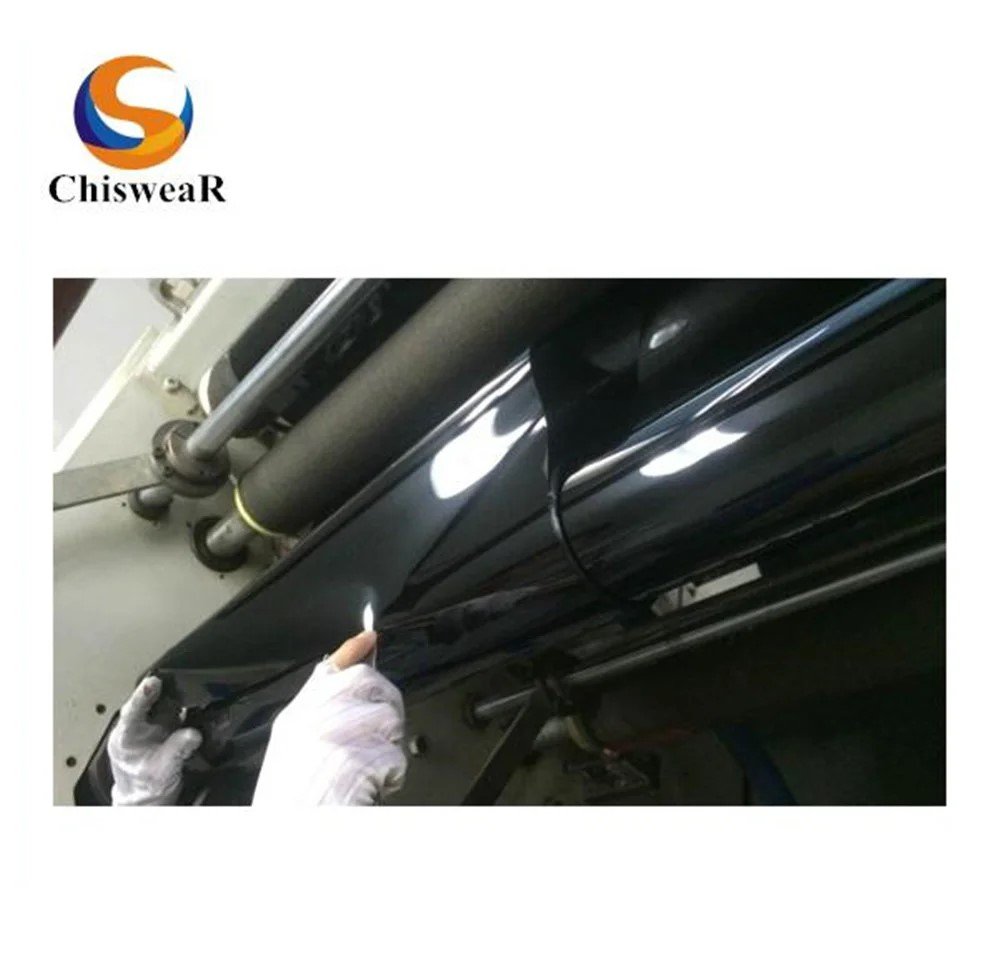
Benefits and Considerations
Choosing the right protective film is essential for maximizing its benefits. Appropriate protective films have the following key advantages:
- Film should reduce the need for frequent repairs and replacements.
- Protective film should enhance safety by reducing the risk of accidents offering anti-slip properties.
- Film should offer aesthetic preservation maintaining the original look and feel of surfaces
- Ensure ease of installation and removal, without leaving residue behind.
Reviewing products and consulting with professionals can help users make informed decisions. Surface compatibility, film thickness, and application environment are critical for achieving desirable results. It is advisable to seek professional installation for large-scale projects to attain precision and durability.
The future of protective films is promising, continuous advancements are set to expand the scope of protective films making them even more versatile. Offering enhanced features like self-cleaning and thermal regulation is revolutionizing the industry.
For instance, smart films provide both energy and privacy by adjusting transparency based on light conditions. Similarly, anti-microbial films are gaining traction where hygiene is important. As technology progresses, protective films will integrate more seamlessly into everyday life, offering unparalleled benefits and convenience.
Conclusion
Protective films represent versatile and effective ways to protect surfaces in both commercial and residential spaces. These films increase durability, maintain aesthetics, and reduce maintenance costs. Their adaptability to diverse environments and surfaces ensures that users can find the ideal solution for their needs.
From bustling commercial spaces to tranquil homes, these films are a testament to the power of innovation in addressing everyday challenges. By investing in high-quality protective films, users can enjoy the benefits of long-lasting, well-maintained surfaces that stand the test of time.



